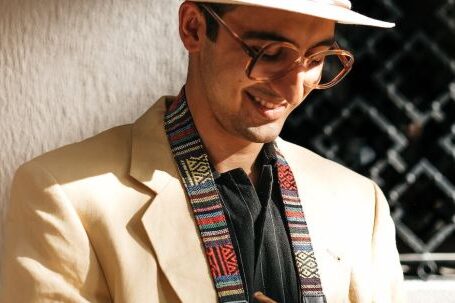In today’s fast-paced world, the fashion industry is known for its rapid turnover of trends and clothing. As a result, the environmental impact of the fashion industry is significant, with vast amounts of clothing ending up in landfills each year. However, there is a growing movement towards sustainable fashion, and one way to contribute to this movement is through clothing exchange. Clothing exchange allows individuals to swap their pre-loved clothing items with others, creating a sustainable fashion community that promotes recycling and reduces waste. In this article, we will explore the steps to build a sustainable fashion community through clothing exchange.
Step 1: Create a platform for clothing exchange
The first step in building a sustainable fashion community through clothing exchange is to create a platform where like-minded individuals can connect and exchange their clothing items. This can be done through online platforms, such as dedicated websites or social media groups, or offline events such as clothing swap parties. The platform should provide a space for participants to showcase their clothing items, communicate with each other, and arrange for exchanges.
Step 2: Promote the benefits of clothing exchange
To encourage more people to participate in clothing exchange, it is crucial to promote the benefits of this practice. Clothing exchange not only helps to reduce waste but also allows individuals to refresh their wardrobe without spending money and supports the concept of circular fashion. Circular fashion promotes the idea of extending the lifespan of clothing items through reuse, repair, and recycling.
Step 3: Organize clothing swap events
In addition to online platforms, organizing clothing swap events can be an effective way to build a sustainable fashion community. These events can be held in local communities, schools, or even workplaces. Participants can bring their pre-loved clothing items to exchange with others, creating a sense of community and fostering sustainable fashion practices. To make the events more engaging, consider adding activities like fashion shows, DIY workshops, or guest speakers who can talk about sustainable fashion.
Step 4: Educate and inspire
Education is a crucial aspect of building a sustainable fashion community. By providing information and resources about the environmental impact of the fashion industry and the benefits of clothing exchange, individuals can become more aware and motivated to make sustainable choices. This can be done through workshops, seminars, or online content that focuses on topics like conscious consumerism, upcycling, and ethical fashion brands.
Step 5: Collaborate with local businesses and organizations
To strengthen the sustainable fashion community, it is essential to collaborate with local businesses and organizations that share the same values. Partnering with sustainable fashion brands, thrift stores, or eco-conscious organizations can help broaden the reach of clothing exchange initiatives and create a network of support. These collaborations can include joint events, cross-promotion, or even sponsorship opportunities to further encourage participation.
Step 6: Evaluate and adapt
Building a sustainable fashion community through clothing exchange is an ongoing process. It is important to regularly evaluate the effectiveness of the initiatives and make necessary adaptations. Gather feedback from participants, monitor the engagement levels, and identify areas for improvement. By continuously refining and adapting the approach, the sustainable fashion community can thrive and grow.
In conclusion, building a sustainable fashion community through clothing exchange is a powerful way to reduce waste, promote recycling, and foster a sense of community. By creating a platform for clothing exchange, promoting its benefits, organizing clothing swap events, educating and inspiring individuals, collaborating with local businesses and organizations, and continuously evaluating and adapting, we can build a vibrant and sustainable fashion community that makes a positive impact on our planet. Together, let’s embrace the concept of circular fashion and create a more sustainable future for the fashion industry.





